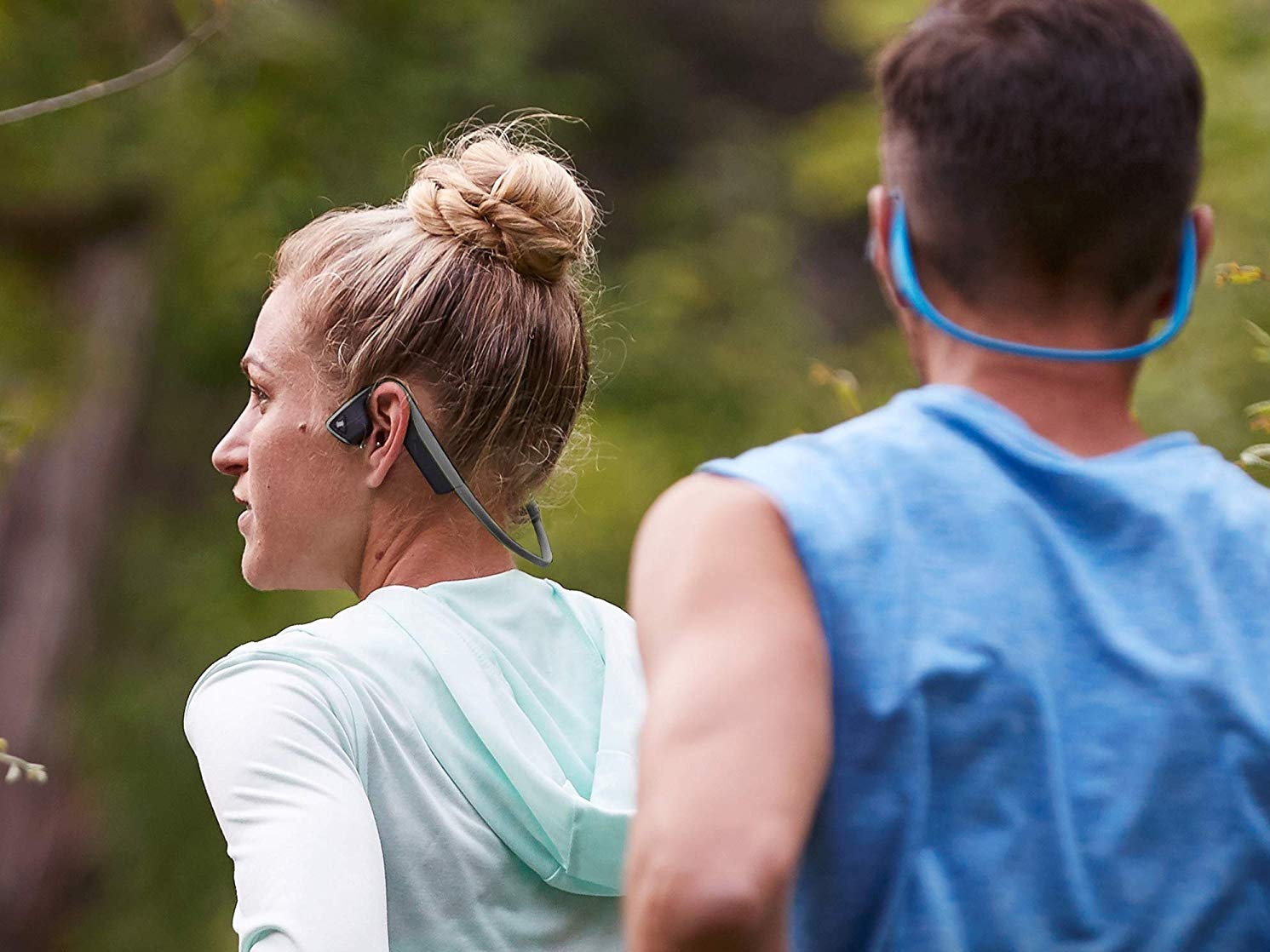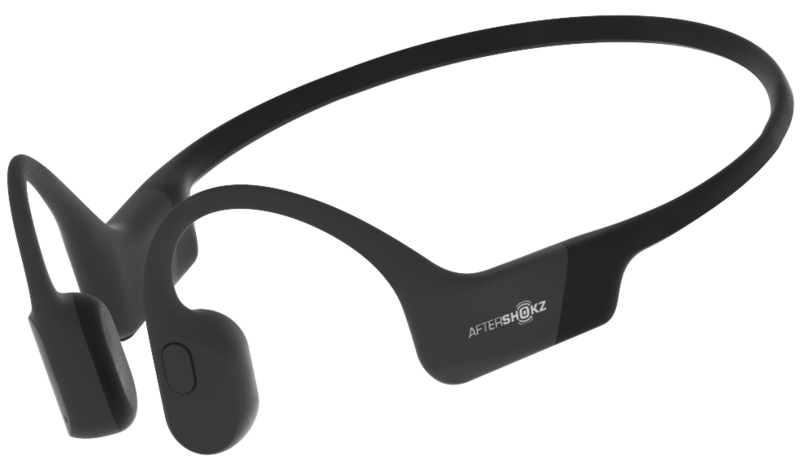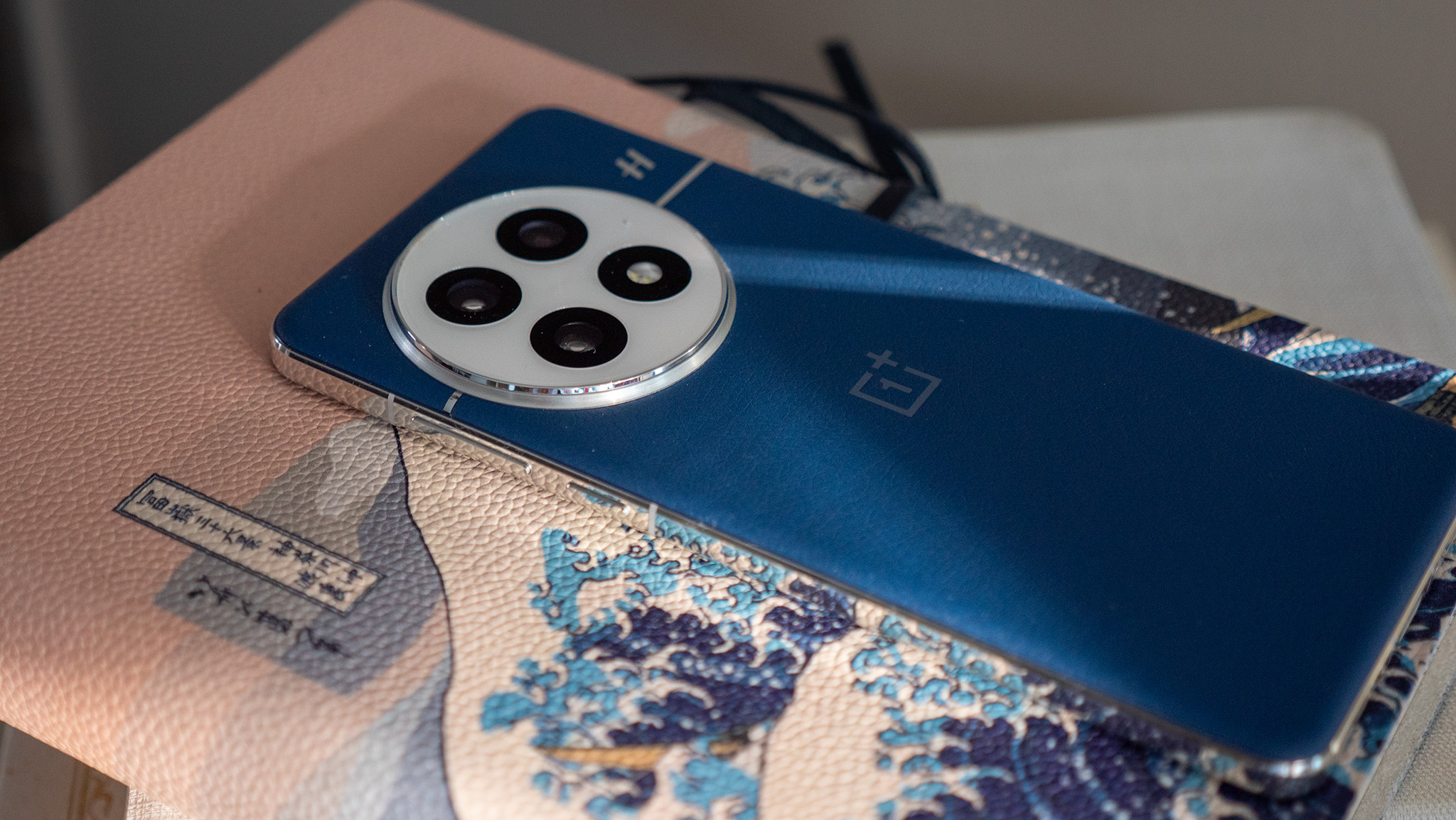How do bone conduction headphones work?

Best answer: Bone conduction headphones work by vibrating against the bones in your cheek or upper jaw, which in turn sends those vibrations to the inner ear, bypassing the ear canal completely. Since they don't depend on the eardrum, they can be great for people with hearing deficiencies, and since they aren't in or over your ear, you'll be able to hear what's happening around you. They aren't very good at reproducing sound that's true-to-life because of their design, but sometimes sound quality isn't the most important feature.
Sound to the bone: AfterShokz Aeropex Wireless Bone Conduction Headphones ($160 from Amazon)
Sound is vibration with bone conduction headphones
Audio travels through the air in a pressure wave, and variations on the frequency and strength of that wave are what makes us hear different sounds. As the pressure wave hits our eardrums, they vibrate in time with the pressure wave and the cochlea — an organ inside your inner ear — interprets things to let our brains hear the sounds.
Regular headphones, whether wired or wireless, work on this principle. A small speaker inside each earbud or earcup passes along the sound waveform for our eardrums to pick up and pass along in turn. All speakers work this way, not just headphones.
Bone conduction headphones don't sound bad. They sound different.
Bone conduction has its roots in the military and healthcare fields, and doesn't require the eardrum to pass the waveform along to the cochlea. Instead, bone conduction headphones rest against the cheekbone or upper jaw and the vibrations, which mimic an audio waveform, are passed directly to the inner ear. Since they aren't in or over your ears, you can hear things like traffic sounds or another person trying to get your attention. And since they don't rely on the eardrum, they can be great for folks with hearing loss.
One drawback to bone conduction headphones is the sound quality. They don't sound bad, but they just don't sound great either. Better put, they sound different. We're not used to hearing things via a direct conduit from a vibration motor to our inner ear, but if you need to hear your surroundings or have hearing loss, they can be the right headphones for you.
Be an expert in 5 minutes
Get the latest news from Android Central, your trusted companion in the world of Android
How bone conduction might help
Bone conduction has an interesting history in its evolution. Beethoven, the famous classical music composer, eventually lost his hearing, yet learned to continue writing music by biting onto a rod and placing it against his piano. The vibrations coming from the instrument passed through the rod and over to his cochlea to actually hear what he was playing. This discovery helped him write symphonies he otherwise wouldn't have been able to listen to.
Hearing aids have been developed since to take advantage of bone conduction, and even those who suffer from tinnitus may find some relief in using them to offset the ringing sound that comes with that condition. Even so, bone conduction headphones aren't going to be able to make a deaf person hear again, but those with some hearing loss may derive some benefit from them.
Getting used to a different fit
Because the sound doesn't funnel from the headphones' speaker drivers into your ear canal, bone conduction headphones don't actually cover your ear at any time. This has a two-pronged effect that is part of what makes them so unique. On the one hand, those with hearing impairments can keep their ears free to hear whatever they can of the outside world, with or without a hearing aid. On the other, there is no real ear fatigue as a result.
You can arguably wear these for longer periods with less discomfort. They are designed to wrap around the back of the head, with ear hooks holding them in place so that the bone conduction pieces align with the jawbone. At first, they may feel off, but in time, the fit starts to feel natural.
Where to use bone conduction headphones
Bone conduction headphones can be great for outdoor activities like walking, running, cycling, swimming, rowing, and others. That way you can hear what's going on around you while listening to your favorite music, podcasts, or audiobooks. One of our favorite pairs, the AfterShokz Aeropex, are just great overall headphones if you want to go for a bike ride.
There aren't many limitations on what you can listen to, but you might struggle to hear more detail if you were in an environment producing a lot of competing noise, like a crowded venue or on a busy street. They don't seal the ear from the outside world the way over-ear, on-ear or in-ear headphones do, so there's no way to cancel out all that ambience.

Jerry is an amateur woodworker and struggling shade tree mechanic. There's nothing he can't take apart, but many things he can't reassemble. You'll find him writing and speaking his loud opinion on Android Central and occasionally on Threads.

